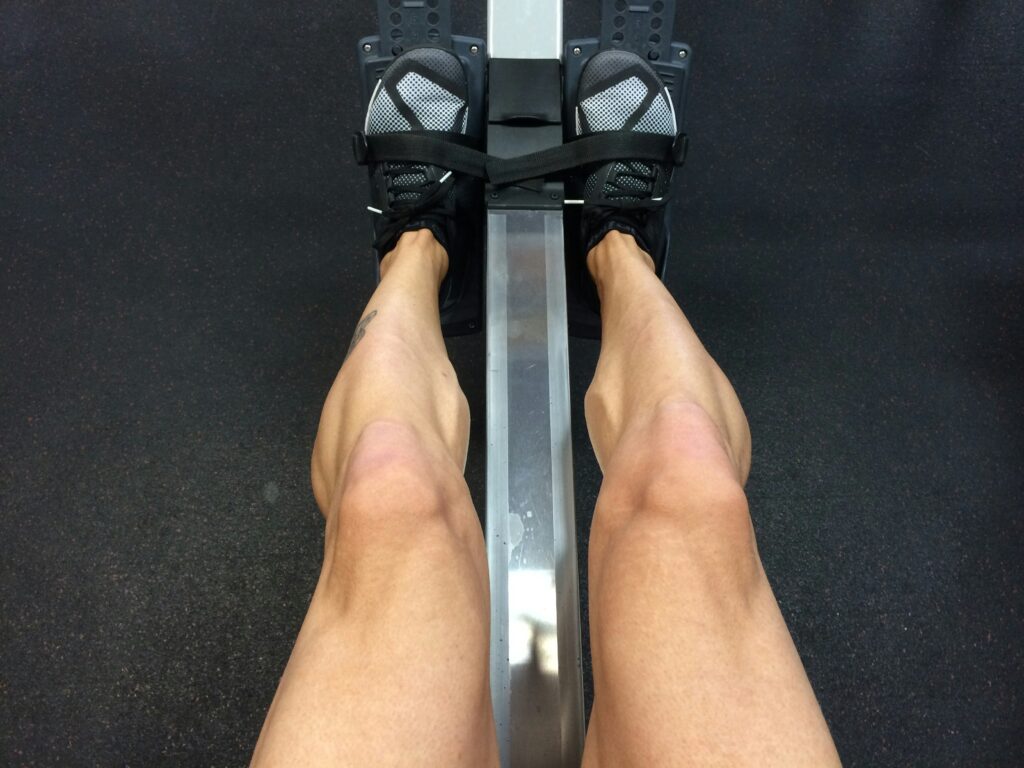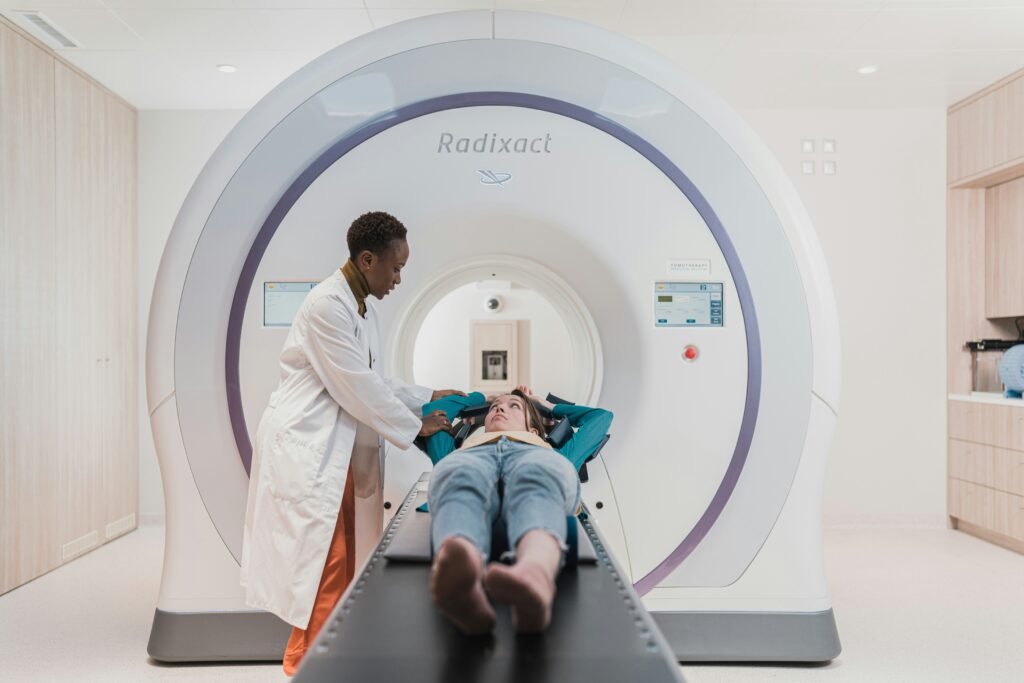such as muscles, bones, joints, nerves, or blood vessels.
At intervals, there could be leg pain in particular or even starting from a local spot and then being transmitted to a totally different part of the body making the diagnosis and prognosis more complicated. The exact nature of the sensation of leg pain may be described, i.e. it could be dull, sharp, throbbing, cramping or tingling depending on the cause. Successful rehabilitation of leg pain will depend on identifying the source of pain and the most appropriate intervention.
Leg pain is one of the most frequent and universal problems of people around the world. This is one of the most common reasons why people go to see family physicians, specialists, or the emergency room. There is a different rate of leg pain between the age groups and the residential area. People who are in sports and are involved in physically active work may develop aching in their legs through the forceful use of muscles and injury.
An older adult is more likely to develop leg pain due to osteoarthritis and peripheral artery disease damage. Besides, people with a low level of physical activity may suffer from leg pain. That is due to circulation problems or nerve compression. The high incidence of leg pain clearly shows that the causes should be grasped. Their management should be taken into account.

Leg pain can be due to several reasons starting from muscle strains to the development of severe systemic diseases. Musculoskeletal injuries, such as muscle strains, ligament sprains, and fractures, are the most common causes. Overuse injuries like shin splints or stress fractures, which are usually seen in athletes and those who do activities repetitively, form part of the multifactorial nature.
One of the reasons for the legs to be in pain may be nerve damage. Sciatica, for instance, is one disorder in which the sciatic nerve becomes compressed, leading to the legs. Issues such as peripheral neuropathy, primarily seen in patients with diabetes, appear to be the cause of pain, such as burning, tingling, or numbness in the legs.
Circulatory issues are another big player in the game of pain. Peripheral artery disease may be the primary consequence of reduced blood flow to the legs, which appears as cramping and pain, especially caused by physical activity. A more complicated version of leg pain is represented by deep vein thrombosis (DVT), when blood clots appear in the deep veins, causing them to become swollen and painful. In addition, if not cared for promptly, this disease can end up being fatal.
Infections, autoimmune diseases, and metabolic disorders are the other causes of the disease. Osteomyelitis, which is a bacterial infection of the bones, can also be a cause of serious leg pain, which mostly comes with fever and inflammation.
Chronic inflammatory leg pain includes a wide range of types depending on the causative factor. Pain caused by muscle-related issues can be described as boring and strong, with crampiness during exertion being a factor. Arthritic pain on the hand is shown to be characterized by morning stiffness and joint inflammation that can lead to loss of motion in the affected area. Classification of neuropathic leg pain in the leg happens as post-traumatic or postoperative, and in the absence of any surgery, common symptoms are diabetic neuropathy and compression neuropathy, which has symptoms like shooting, burning, or tingling feelings, etc.
Blockage of the arteries in the leg and foot causes extremity claudication, meaning a person feels more pain while walking, and the pain fades when at rest. When a person is affected by DVT, they may suddenly notice the leg swollen, red, and warm. Moreover, symptoms could be more, such as fever, redness and warmth, and tenderness over the infected area. On the one hand, fibromyalgia is a constant illness that generates all-over-body pain with or without tiredness, as well as with tender muscles in the legs, arms, or other parts of the body.

Unattended leg pain can result in a host of ailments. These can be the leading cause of an individual's decline in self-determination and quality of life. Muscle wastage reduces a person's flexibility, and it increases pain when one is exercising on a routine basis.
Additionally, is the PAD progressing to a more harmful condition as time goes by? So, when the patients are dealing with varicose veins and peripheral artery disease or are injured, they are at a high risk of PAD. By this, the patient could lose a toe, foot, or leg, and it is extremely dangerous to the health of a person if they cannot receive prompt and quality treatment and resolve trophic wounds, thus avoiding their amputation.
A wrong diagnosis of leg issues and the wrong administration of drugs may lead to possible paralysis. It is due to unstable nerve voltage. Fatal infections or DVT are two of the plugs of the cap. Thus, for example, as the clot goes to the lungs of the patient, sepsis or pulmonary embolism might occur. Stopping drugs, carefully looking for a hidden ailment, not sitting for many hours, and walking instead of sitting will help to speed up recovery and treatment.
Psychologically, chronic leg pain might drive people to the point where the anxieties that were not resolved at all and the remaining symptomatology get even worse. Those who take OTC painkillers–without a doctor's recommendation–might have an addiction, or the ailment can be related to nonsteroidal anti-inflammatory drugs that they have used for a long time.
A correct diagnosis of the leg pain symptoms is necessary for the complete medical history. It also encompasses physical, and laboratory examinations of the patient. The doctor will ask about whether it is anticonvulsant, localization, and duration. Whether it is a herniated disc or muscle tear in one of the cases is only based on this test. The phoniatric point of the ear exam, the weakness and rate of the mouth opening, and the roentgenographic record with hypopnea and, at the same time, painful spasms of the PH-barrier were also considered as the measures needed to have the conclusions made.
Radiographs are the most commonly employed means of tracking bone and joint conditions such as fractures, osteoarthritis, and tumors. MRI technicians capture clear images of muscle tissue by directing strong magnetic waves into the human body and detecting herniated discs that are, in some cases, causing muscle tears. Some neurosurgeons utilize ultrasound. It is for the purpose of directly detecting thrombosis or for flow checks to be made in case of possible carotid stenosis.
Test results from blood examinations will inform the doctors more about the local infections, the progress of healing, or the shift in metabolic profiles of the person suffering from leg pain. Blood protein tests can be used to diagnose diseases/conditions such as arthritis and infections. Once the test is conducted, the doctor will ask the patient if they suffer from any other diseases. High blood sugar can be a sign of diabetes-related neuropathy.
Both electromyography and nerve conduction studies are among the main tools. Doctors use them to find out how the electric signals. These are sent to the nerve and tell how efficiently they are sent to muscles. Nerve Conduction Studies (NCS) and electromyogram (EMG) are among the tests performed. They measure the functionality of motor and sensory nerves for the diagnosis of neuropathy or nerve compression symptoms. These are seen in Sciatica. They help to find out whether the electric signals that carry information through the nerve are different and reveal the fault(s) that are causing a person's leg pain.

Irrespective of the cause, the treatment of leg pain is very serious. For the ones the bruises are soon gone and nothing else happens, it is better to prepare themselves for self-care. However, for either long-term or very severe cases, you have to call a physician instantly.
Normally, a wound from the hurt heals in a few days as the skin is growing. However, drugs are designed only for symptom relief. Some of the drugs are acetaminophen and nonsteroidal anti-inflammatory agents (NSAIDs). That include ibuprofen, which is appropriate for mild to moderate leg pain. Muscle relaxants might be the main drugs used to get rid of muscle cramps that might be the reason for leg pain, may be the drugs given for the treatment of neuropathic pain. In case of infection, antibiotics will be taken in order to cure the bacterial infection on the leg.
The intervention of a physical therapist can go a long way with leg pain patients, particularly those who have musculoskeletal problems and nerve-related issues. By doing muscle exercises, patients are able to be more flexible. They also develop the muscles and enhance blood and lymph circulation. Massage therapy, ultrasound therapy, and electrical stimulation are other methods that provide extra relief from pain.
In extremely severe chronic cases, surgery is usually the first option. Invasive treatments such as joint replacement operations are the most common incidences. It is due to the increasing population of people with severe arthritis. It was then reported that the high prevalence of intervertebral disc herniation, which leads to nerve compression, made decompression surgery the only possible treatment. In some patients, bypass or angioplasty surgery is needed. It is used for the removal of clots (arterial obstructions) in case of peripheral artery disease (PAD).
Techniques concerning lifestyle changes sometimes imply forgoing the comfort and ease offered by a sedentary lifestyle and opting for a lifestyle that includes physical activity. Yet, these changes will help solve/avoid lower limb pain. Exercise, maintaining a good weight, and drinking water abundantly are some helpful tactics. They can help the patient a great deal. It is also mentioned that the long-hour sitting and standing position of the person can be the reason for the problem with compressional and arterial issues. Picking the right moment to change position and having a proper sitting can be a savior from all those mentioned earlier issues.
The use of replacement or alternative treatments such as acupuncture, chiropractic care, and herbal remedies is non-invasive. Scientific data examination showed that acupuncture is a nerve-stimulating therapy. It might decrease the recovery time of injured people when their acupuncture treatment is done correctly. At the same time, a good spinal alignment can be restored through chiropractic adjustments, ensuring that the nerve pressure is not felt anymore.
Some herbal products have anti-inflammatory effects that are beneficial for individuals, and they are free of side effects. Among the different natural supplements, turmeric is one of the natural supplements that can match the anti-inflammatory effects of NSAIDs over chronic pain. At the same time, ginger is a pain reliever. It can substitute synthetic analgesics and can help in the management of chronic pain.

The chances of leg pain recovery are basically proportional to how severe the pain is, what is causing it, and how successful the treatments are. In most situations, the severe leg pain that extends from the leg, non-ruptured muscle, or the injured site usually goes away without special treatment after a while, provided the traumatized site heals correctly, physical therapy is carried out, and the patient is rightly looked after. The healing of the soft tissue may require from three to seven days. In the most serious cases, it takes months for the tissue to reconstruct and harden.
Living with main primary chronic diseases like RA and NV after the age of fifty years, the life prognosis is usually uncertain to the majority of patients. However, some of the disorders can be managed by taking the right medications, proper diets, and performing rehabilitations. Others might get worse and relate to no treatment. The quick treatments and the constant follow-up, for example, in the case of subtle flow-related problems, nerve squeeze diseases, and inflammations, surely make an early diagnosis a decisive factor.
Table of Contents